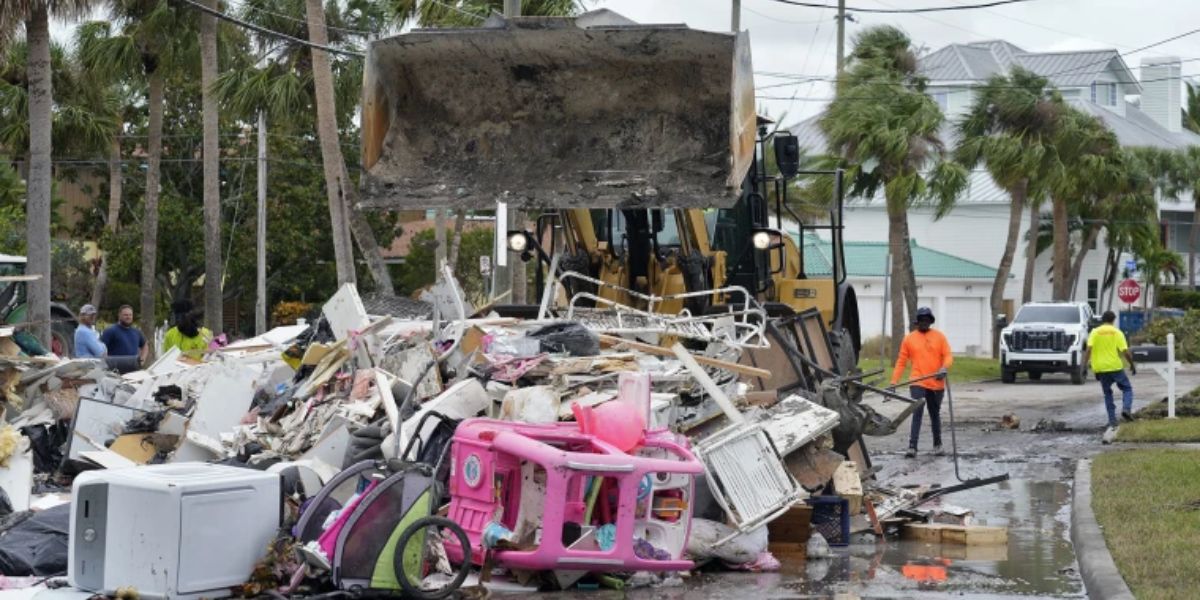As of June 30, the Department of Defense will stop using the Special Sensor Microwave Imager/Sounder (SSMIS), a tool that’s been essential for predicting hurricanes that form over open waters—where direct observations aren’t readily available.
If you’re a coastal homeowner, this is a big deal.
“The SSMIS contains microwave sensors that can see through clouds and capture imagery at night. This makes them useful for monitoring tropical activity when other types of satellite imagery, such as visible or infrared, aren’t able to capture the storms in the same way,” says Rachael Gauthier, meteorologist at Insurance Institute for Business & Home Safety in Charlotte, NC.
The National Oceanic and Atmospheric Administration has already stated an above-average hurricane forecast for 2025, and this change could mean shorter lead times to prepare for landfall, greater uncertainty about evacuation needs, and more difficulty safeguarding property in advance.
But here’s the good news: By being proactive, you can protect your home (and loved ones) during this less predictable hurricane season more than you think.
How much notice do homeowners need to prepare for a hurricane?
If you own a home on the coast, now is the time to start prepping for hurricanes.
“Ideally, you’d get hurricane-ready in the months leading up to the start of hurricane season on June 1st. This is when you should gather water, nonperishable foods, and a go-bag of important documents and other necessities, like cash and prescription medications,” explains Gauthier.
As storms and their potential paths become more apparent, you might want to take additional steps to prepare your home.
“A few days before incoming storms, it’s a good idea to board up windows, bring in outside items that could become flying projectiles in high winds, and stock up on extra fuel for generators and/or vehicles,” says Gauthier.
When it comes to evacuations, evacuate as soon as an order is issued for your area, or when you believe doing so would be best for your family. If you don’t want to go without power for an extended period of time, for example, you might want to evacuate long before there’s an order.
Be sure to prepare for all storms, regardless of their category, as a seemingly minor hurricane could intensify rapidly and quickly transition to a major hurricane.
“The perils that storms bring aren’t tied directly to their respective categories. A Category 1 or 2 storm may bring less winds than a higher category, but could still cause a devastating storm surge to those who live on the coast,” explains Gauthier.
Also, keep in mind that hurricanes can bring severe impacts to inland locations, and Hurricane Helene is a perfect example of that. Known as one of the most devastating storms of last season, it led to severe flooding in areas far from the coast, as a result of extreme rainfall.
Hurricane-proofing your home: Essential upgrades that matter most
Fortunately, there are certain improvements that can make your home more resilient to hurricanes and potentially lower your home insurance premiums. If you’re in a coastal state like Florida, Louisiana, or the Carolinas, they might even be required to renew your coverage.
Here are a few upgrades worth exploring:
Install a FORTIFIED roof
You can retrofit your roof to FORTIFIED with a qualified roofer.
“This beyond-code standard will help keep your roof deck attached to your roof structure by using things like 8D ring shank nails that increase the strength of your roof,” says Gauthier.
A FORTIFIED roof will also keep you covered in the event that high winds blow off your shingles and underlayment.
Reinforce your garage door
Your garage door is one of the largest openings in your home, which means it’s also highly susceptible to damaging winds.
“Wind can easily rush into the open garage and push up on the roof and out on walls, much like a balloon, causing structural damage,” explains Gauthier.
The solution? A wind-rated garage door.
Invest in stronger windows and doors
When windows and doors are broken by flying debris, wind pressures can enter your home and damage it.
“Installing impact-rated windows and doors that can withstand impacts from flying debris will help prevent this. Installing storm shutters over your windows might also make sense,” says Gauthier.
While these upgrades will require some time and money, they’ll likely be worthwhile as the cost of preventing hurricane damage is often less than the cost of poststorm repairs—especially if your insurance claims get delayed or denied.




